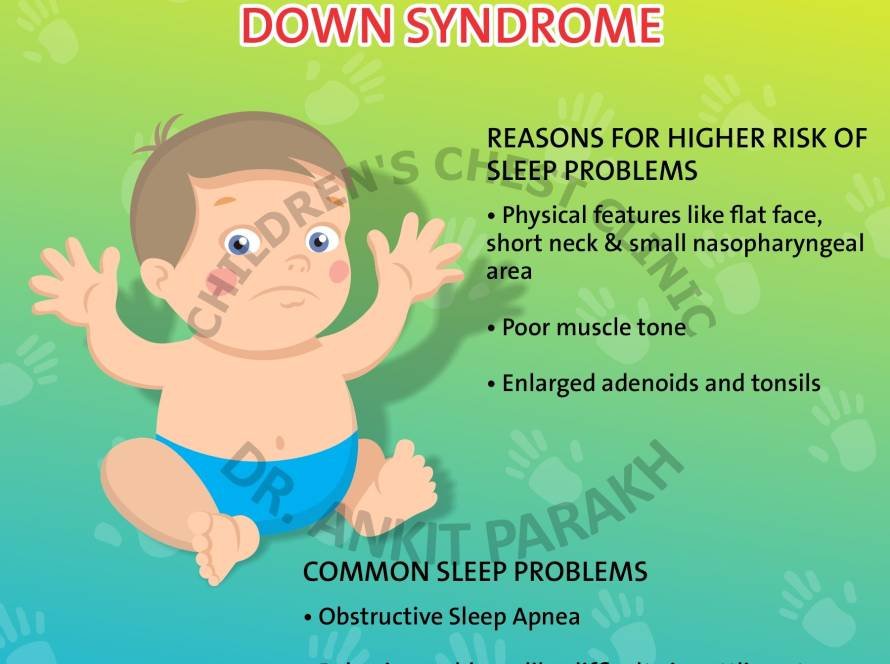Home non-invasive ventilation (NIV) is increasingly used world-wide for children and adults who have chronic respiratory illness with problems in breathing [respiratory failure]. Non-invasive ventilation (NIV) delivers ventilation support via a nasal/face mask helping the child to breathe and improves oxygen levels. In most children non-invasive ventilation (NIV) is used at night time during sleep.
What is non-invasive ventilation (NIV)?
Non-invasive ventilation (NIV) refers to a breathing support system which is delivered using a mask put on the child’s nose [nasal mask] or oro-nasal mask [nose and mouth]. Non-invasive ventilation (NIV) is frequently used in ICU and wards for sick patients with respiratory issues. Non-invasive ventilation (NIV) is now also commonly used on a long-term basis in patients who cannot breathe well due to chronic breathing problems.

BiPAP or bilevel airway pressure is the most commonly used non-invasive ventilation (NIV). In a BiPAP the machine gives pressurized air through the tube and mask that seals with the child’s mouth/nose.. A higher level of pressure is given during breathing in or inspiration and a lower level of pressure during breathing out or expiration. The is provided through a mask
What is the difference between non-invasive ventilation (NIV) and CPAP?
While there are similarities with regard to the interface, non-invasive ventilation (NIV) is not the same as continuous positive airway pressure (CPAP), which applies a single level of positive airway pressure throughout the whole respiratory cycle; CPAP does not deliver ventilation but is occasionally used in conditions also treated with NIV.
Which group of children require home non-invasive ventilation (NIV)?
Certain groups of children require breathing support for long term at home with non-invasive ventilation (NIV). In most situations the need for breathing support or non-invasive ventilation (NIV) is while asleep only. These groups of children are children with neuromuscular disorders: muscular problems or dystrophy [like Duchenne muscular dystrophy etc], spinal muscular atrophy or SMA and congenital myopathy. Some children with kyphoscoliosis also require non-invasive ventilation (NIV). Children with obstructive sleep apnea usually do well on CPAP but might require non-invasive ventilation (NIV). Children with advanced chest disease like cystic fibrosis, bronchiectasis and interstitial lung diseases also need non-invasive ventilation (NIV). Other problems like congenital hypoventilation syndrome also need non-invasive ventilation (NIV).
What are the benefits of non-invasive ventilation (NIV)?
Non-invasive ventilation (NIV) supports the breathing of children with conditions mentioned above. It supports the weak muscles and reduces the effort required for breathing. Non-invasive ventilation (NIV) also keeps the lungs expanded and prevents the lungs from collapsing. Non-invasive ventilation (NIV) provides air at a pressure and prevents the collapse of the airway. These lead to a better oxygen level and a reduced carbon dioxide (waste gas) level in blood. In addition non-invasive ventilation (NIV) allows a better sleep without waking up and better daytime functioning.
What are the problems with non-invasive ventilation (NIV)?
Nasal dryness, congestion, and rhinitis are common problems with non-invasive ventilation (NIV). Prolonged use of masks leads to pressure sores in children.
In case your child is having any chronic breathing problems due to any disorder you need to get in touch with a pediatric pulmonologist for proper care.






